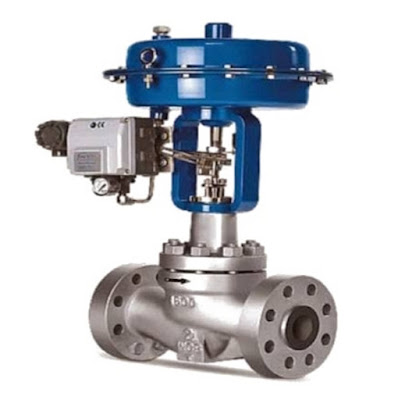Types of Rising Stem (multi-turn) Valves

Types of Rising Stem (multi-turn) Valves Gate Valves A gate valve functions by moving a wedge shaped disc obstructer up and down to open and close the flow path through the valve. This linear motion is provided by a threaded rising stem. Turning this threaded stem requires multiple revolutions (multi-turn) to travel from open to closed. The number of revolutions required is usually the valve size in inches x 3 + 2. So a 6 inch valve will require 20 turns of the stem [(6 x 3) + 2 = 20]. They should only be used for on/off applications as throttling for an extended period of time will damage both the obstructer and seals. Use of a gate valve for throttling is also not very effective since most of the reduction of flow will increase in the last 10% of closure. Globe Valves Globe valves operate by having a convex disc shaped plug raise and lower via a rising stem into a circular seat around the inside of the globe shaped body at the “equator”. The flow enters the “lower hemisphere” from

